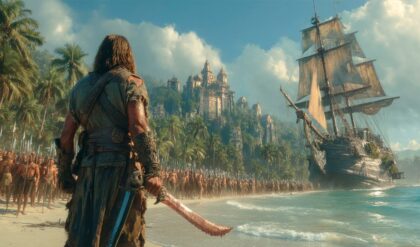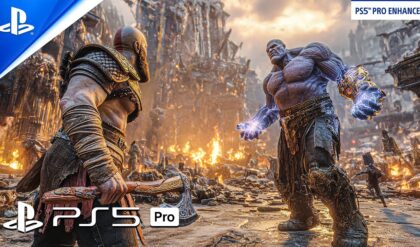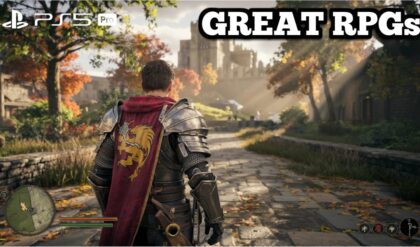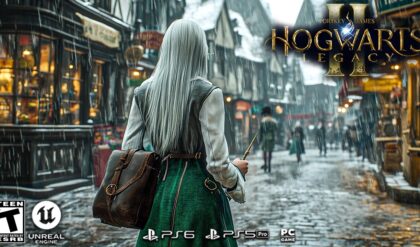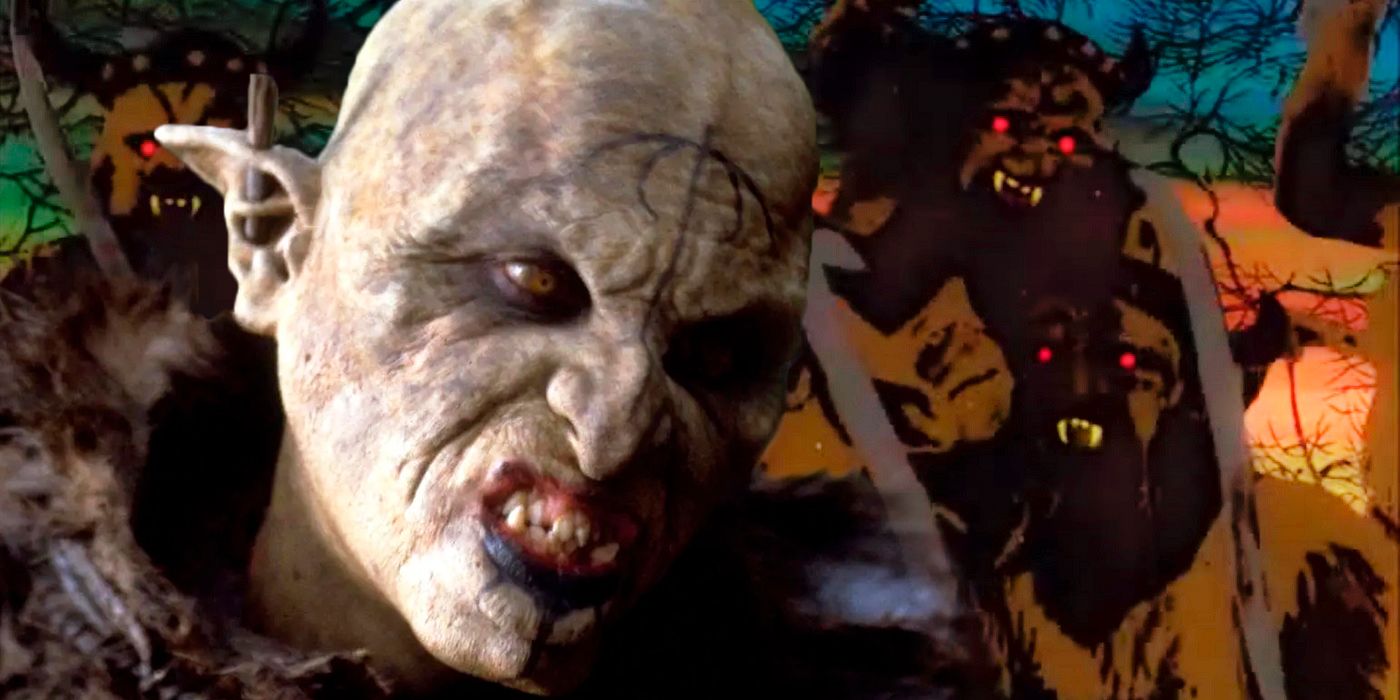
Orcs are one of the standbys when it comes to faceless minions. J.R.R. Tolkien codified the species as part of his various works on Middle-earth, making great foot soldiers who were concerned only with battle and conquering new territory for their master. Thankfully, they’re also not too bright — dangerous in large numbers but otherwise providing adequate canon fodder for the various heroes of The Lord of the Rings to cut through.
But they were properly menacing regardless of their disposable status, a fact that director Peter Jackson paid careful attention to when directing his celebrated adaptation of The Lord of the Rings. But he wasn’t the first filmmaker to tackle the problem of making orcs scary without diminishing their narrative purpose as disposable flunkies. Ralph Bakshi’s ambitious 1978 animated adaption of the first two books of the trilogy took a different approach to the monsters — one arguably even more effective than Jackson’s.
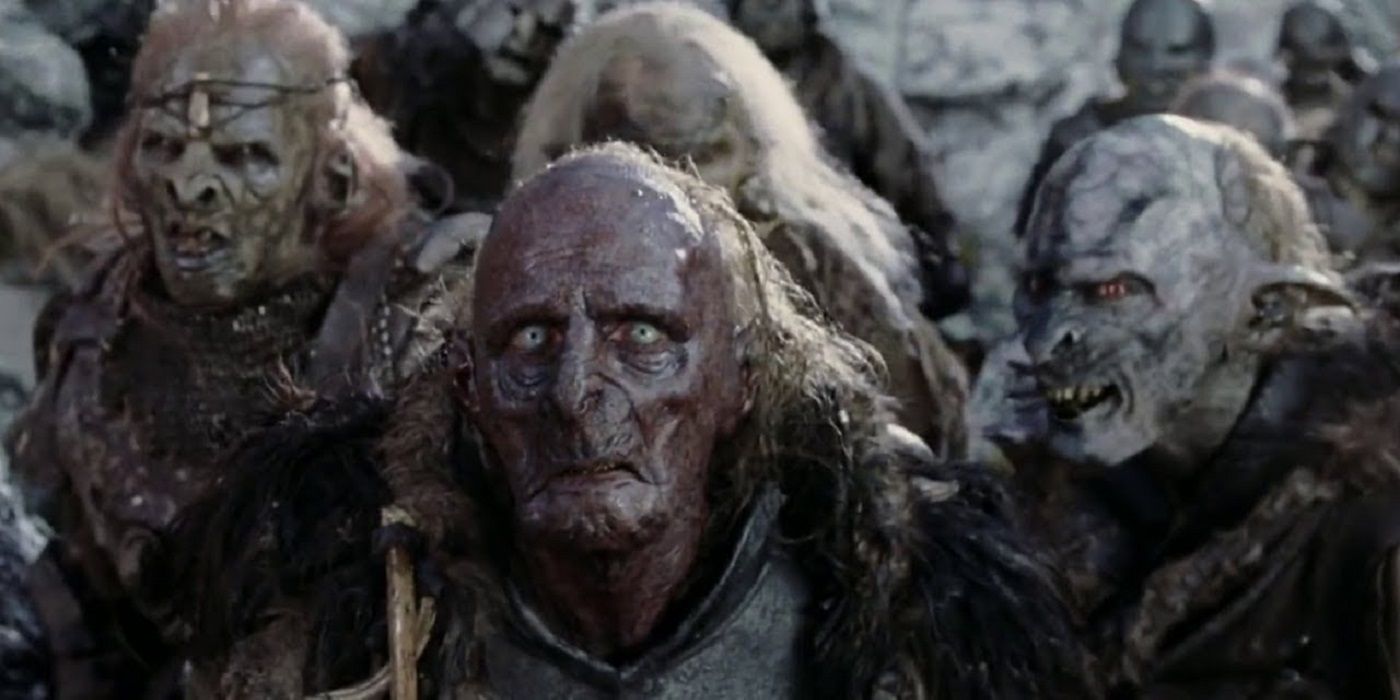
Tolkien established the origin of the orcs in his “prequel” saga, The Silmarillion. They were originally elves, captured by the Dark Lord Melkor and twisted into inhuman forms to serve him. Melkor was defeated by an alliance of Men, Elves and Dwarves in the War of Wrath at the end of the First Age of Middle-earth and was succeeded by his minion Sauron, who continued to use orcs as servants and warriors all the way until his defeat at the end of the Third Age in the events of The Lord of the Rings.
Orcs themselves divided into different subspecies as they proliferated. Peter Jackson’s films delved briefly into their origins before drawing sharp visual distinctions between the smallish green orcs of Mordor and the tall black Uruk-hai that Saruman created in Isengard. Jackson also took time to give most of the orcs in his film distinctive personalities — such as Gothmog, the lesion-faced horror that led the attack on Gondor in The Lord of the Rings: The Return of the King — to help give them a proper sense of menace. It worked brilliantly, and while the orcs in his trilogy do indeed get killed by the dozens, it never feels easy or unearned.

Bakshi didn’t have nearly the resources that Jackson did, and modern special effects were still in their earliest infancy when he set out to adapt Tolkien’s trilogy. Animation allowed him to accomplish a great deal that live-action effects couldn’t, but he wasn’t satisfied with the more overtly cartoonish technique of Walt Disney and his ilk. The director has cut his teeth making decidedly adult animation such as The Nine Lives of Fritz the Cat, which deliberately sought to upend Disney’s family-friendly formula. The Lord of the Rings was similarly created with an adult audience in mind — a comparative novelty in the late 70s.
That included the orcs, which he created using an age-old animate technique called rotoscoping. Live-action footage would be shot of an actor going through the movements of a character in the scene before animators would essentially paint over the film. The Fleischer Brothers pioneered the technique with their Out of the Inkwell series of animated shorts all the way back in the 1920s, and it provided the precise kind of surreal vibe that Bakshi wanted for his orcs. As a consequence, they look strange, with glowing red eyes and fangs imposed over what seemed to be living photo negatives.
It was striking and unsettling and set the orcs apart from more noble figures like the Elves and Hobbits (who were rendered in more traditional 2D animated style more often than not). Bakshi used the same effect for the Ringwraiths, granting them the same eerie distinctiveness while visually marking both species as servants of Sauron. It was a bold choice — helping to separate the movie from its G-rated competition — and left a lingering impression that even Jackson’s films couldn’t match.



